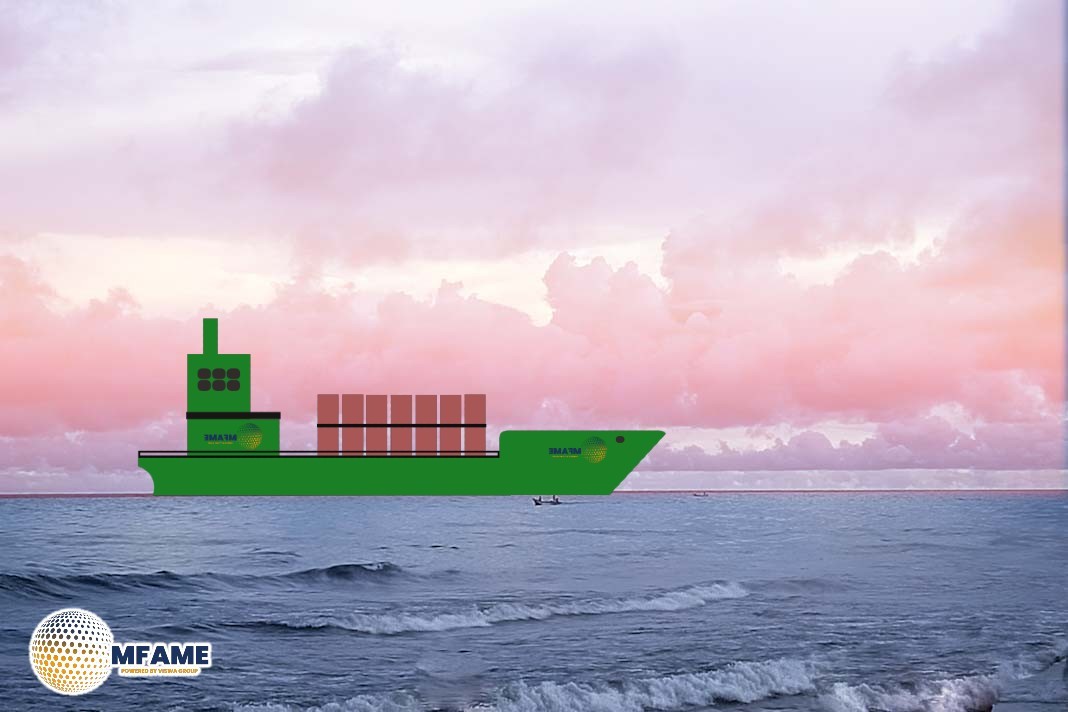- March Sees Tepid Bunker Activity in South Asia as Traders Cite Slow Fixtures.
- Fuel Availability Up, But Demand Weak at Indian and Sri Lankan Ports.
- Regional Bunker Markets Struggle Amid Supply Gains and Monsoon Fears.
Indian and Sri Lankan port bunker fuel markets were under pressure in March, as demand trailed improved availability. Slow fixture activity, logistics issues, and regional market uncertainty were highlighted as major concerns by traders. While Indian port calls rose overall, fuel enquiry levels were low, mirroring uncertainty in the wider shipping industry. Sri Lankan ports also witnessed a fall in volumes in the face of tariff issues and changing supply patterns, reports S&P Global.
Bunker Demand Weak Despite Stable Supply in India and Sri Lanka
Demand for bunker fuels at Indian and Sri Lankan ports remained subdued throughout March, even as supply conditions improved, according to market participants and traders. “In March, availability improved, but demand inquiries were very slow,” an India-based bunker supplier told Platts. “I heard that charterers were unable to secure good rates, leading to slower fixtures. We’re uncertain where the volumes are going, as even Sri Lankan players are also reporting slow demand.”
In spite of the availability of money, traders experienced difficulty in rotation as a result of lessened demand. Inconsistencies in product availability in the past are thought to have influenced current levels of inquiry.
Refinery Operations and Port Call Activity
India’s Koyali refinery, one of the major suppliers of very low sulfur fuel oil (VLSFO), came back online in early March after maintenance, enhancing domestic supply.
Ship-to-ship and bunkering visits at Indian ports grew 15% month-on-month in March to 1,228 from 1,068 in February, S&P Global Commodities at Sea reports.
Price Trends and Market Impact
Prices declined at key ports in the region. Platts put VLSFO delivered at Kochi at $550/mt on April 9, down by $27/mt from last week. Marine fuel 0.5% in Colombo declined by $45/mt to $555/mt. Singapore too experienced sharp declines.
“The availability of products is refinery-dependent, and the challenge for us, as market participants, is that we don’t import products the way other countries do,” said a Mumbai-based trader. With the monsoon season approaching, traders expect demand to decline further, even as supply remains stable due to paused infrastructure activity.
Port-Specific Demand and Supply Conditions
On India’s East Coast, Paradip and Chennai continue to face VLSFO shortages, while Visakhapatnam maintained sufficient supply despite limited demand. “Port-wise, on the East Coast, Paradip has been without marine fuel 0.5%S for quite some time due to their own consumption outpacing supply,” another India-based trader said.
At Visakhapatnam, the demand remained in the region of 10,000–12,000 mt, where sustained demand for high sulfur fuel oil (HSFO) came on the back of scrubber-fitted vessels. Hindustan Petroleum Corp. Ltd. had supplied nearly 2,000–3,000 mt of HSFO at Visakhapatnam.
Kochi port saw some increase in volumes following BPCL’s renewed product positioning. “[Bharat Petroleum Corp. Ltd.] is positioning the product now,” a source close to BPCL told Platts. “The volatility of rates could have suppressed demand at Kochi. Our competitors too had a limited product, so the overall volumes at the port wouldn’t be more than 13,500 mt.” VLSFO exports to Sri Lanka continued due to favourable margins.
Sri Lankan Ports Experience Drop in Activity
March saw a decline in bunker fuel volumes at key Sri Lankan ports, despite some isolated demand spikes. “In March, there was decent demand in Colombo and Trincomalee,” a source close to Lanka IOC said. “However, volumes declined by 35%–40% due to ongoing tariff issues and market volatility, leading to significant uncertainty.”
The ports of Trincomalee and Hambantota saw volume declines from 28,000 mt in February to 20,000 mt in March. Marine gas oil (MGO) demand also dipped slightly. “The industry volumes for March would range between 55,000 mt and 60,000 mt,” a Colombo-based trader said. “All major shipping liners such as MSC, CMA CGM and Maersk continue to lift significant volumes from Colombo.”
Colombo port suffered supply chain delays due to traders holding back inventory to prevent oversupply. Overall bunkering and ship-to-ship calls at Sri Lankan ports declined 7.39% in March, to 213 from 230 in February.
Outlook for April More Optimistic
Despite March’s weakness, suppliers expect volumes to improve in April. Barge availability has become constrained due to increased bookings. “In April first week, we delivered good quantities for VLSFO,” a Sri Lanka-based trader said. “We’re fully booked, and our barge schedules remain tight till April 16. We’ve added a bigger barge to the fleet, which is expected to be operational this month onwards.”
Did you subscribe to our daily Newsletter?
It’s Free Click here to Subscribe!
Source: S&P Global


























